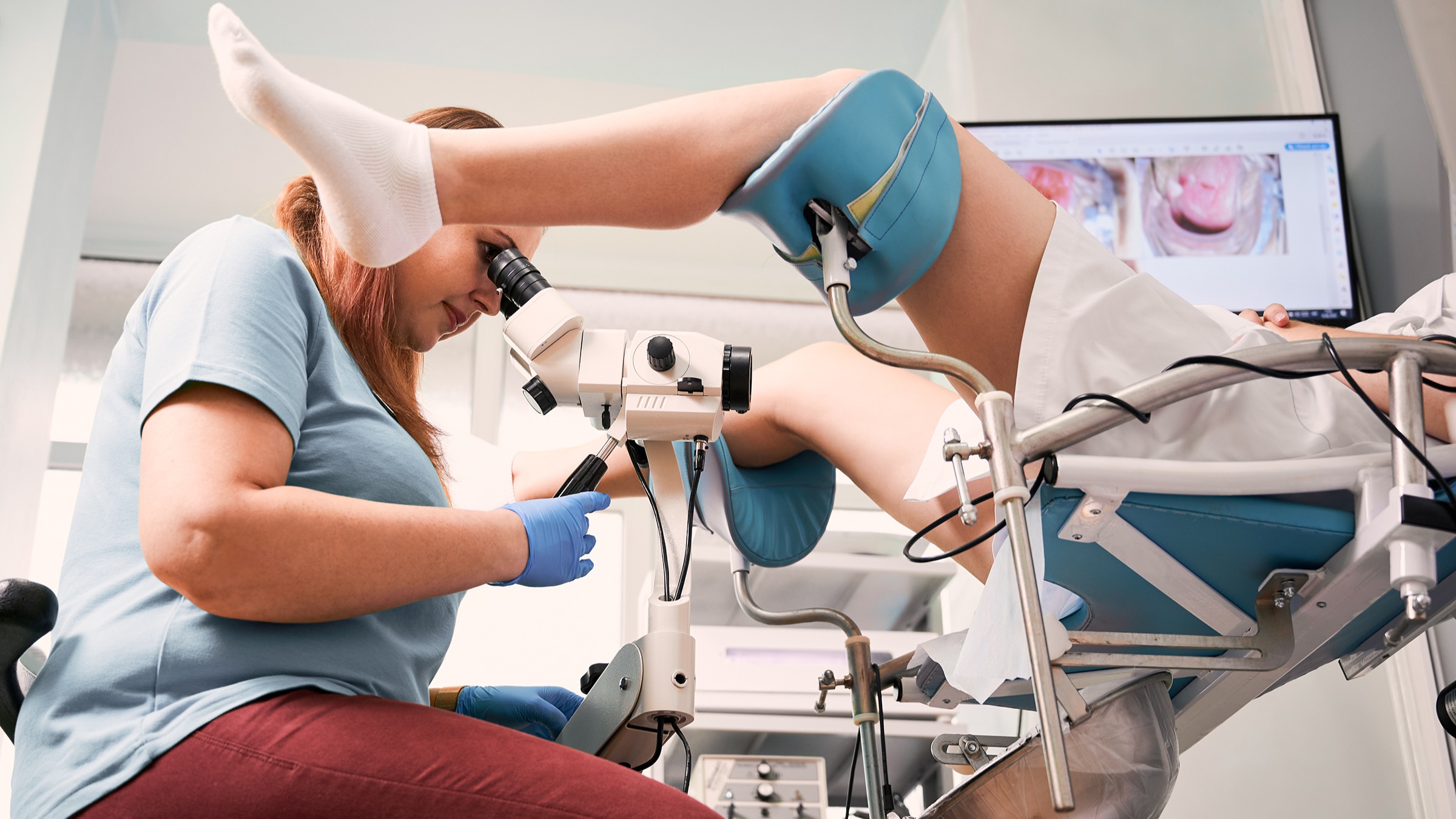

Cervical screening test
The cervical screening test is a new, more accurate way of protecting females against cervical cancer. It was introduced in Australia in December 2017, and is expected to protect almost one third more people from cervical cancer than the old Pap test.
The Pap test used to look for changes in the cells of the cervix, the entrance to the uterus (womb) from the vagina. Now the cervical screening test looks for evidence of the human papillomavirus (HPV), which can lead to cell changes in the cervix.
The cervical screening test looks and feels the same as the Pap test. But it is only done every 5 years instead of every 2 years, if your results are normal.
If you are a person aged 25 to 74 with a cervix, you should have your first cervical screening test 2 years after your last Pap test.
What is HPV?
HPV is a very common virus that is spread through skin-to-skin contact (which often occurs during sex). Almost every case of cervical cancer is caused by genital HPV.
You can be exposed to HPV the first time you have sex, even if you use a condom. In fact, there are more than 100 strains of HPV, and 4 out of 5 people have at least one kind of HPV virus at some time in their lives. There is no treatment for HPV.
HPV doesn’t normally cause any symptoms and often goes away by itself. But some types of the HPV virus can remain in the body and eventually cause abnormal cells to develop. This can lead to cancer of the cervix, anus, vagina, vulva, penis or throat.
HPV can also cause genital warts, which can be easily treated. Having genital warts does not mean you will get cancer — they are caused by a different type of HPV virus.
The HPV vaccine
As well as introducing the cervical screening test, the Australian Government now vaccinates all school children aged 12–13 against HPV. It’s free, as part of the National Immunisation Program (NIP).
People aged up to 26 can receive free catch-up vaccinations from their GP or primary health care clinic, and older adults can still access the HPV vaccine at a cost.
Who needs the cervical screening test?
You do not need to start having cervical screening tests until you turn 25. If you’re younger than 25, you are highly unlikely to have cervical cancer and have probably been vaccinated against HPV as part of the NIP.
You should have the test if:
- you are aged 25 to 74 years old
- you have a cervix
- you have ever been sexually active
You need to have regular cervical screening tests even if you have been vaccinated against HPV, or if you identify as lesbian or transgender.
What to expect from your cervical screening test
If your test is performed by a doctor or nurse, it is like having a Pap test. While you lie on your back with your knees bent, the doctor or nurse inserts an instrument called a speculum into your vagina so they can see the cervix. Then they use a brush to take a sample of cells from the cervix.
If you decide to do the test yourself through self-collection, your healthcare provider will give you a swab and instructions on how to collect your sample.
The sample is put into a tube that contains liquid and sent to a laboratory to be analysed. Your doctor will talk to you about the results, which could indicate:
- You don’t have an HPV infection. You don’t need another cervical screening test for another 5 years. You will be sent a reminder from the National Cervical Screening Program.
- You have an HPV infection. Your body will probably get rid of the HPV by itself. But you will need another cervical screening test in 12 months. It takes 10 to 15 years for cervical cancer to develop. If the second test is clear, you won’t need another test for 5 years. If you still have the HPV infection after 12 months, you may need to see a specialist.
- You have a certain type of HPV, or abnormal cells were found. Your doctor will refer you to a specialist for more tests. It doesn’t necessarily mean you have cervical cancer.
- You have an unsatisfactory test result. The laboratory could not read your sample. You will have to repeat the test in 6 to 12 weeks. It does not mean something is wrong.
Myths and frequently asked questions
- ‘Now there are no Pap tests I don’t need any more invasive tests.’ The cervical screening test is done in the same way as the Pap test. The only difference is you only need it every 5 years, not every 2 years.
- ‘The cervical screening test won’t pick up cervical cancer that isn’t caused by HPV.’ More than 99% of cervical cancers are caused by HPV; only very rare types of cervical cancer (fewer than 1%) are unrelated to HPV.
- ‘Cervical cancer could be missed in young women because they aren’t being tested.’ Cervical cancer is very rare in women under 25 — fewer than 2 women in every 100,000 have it.
- ‘I don’t need the test because I don’t have any symptoms.’ HPV does not usually cause any symptoms. The cervical screening test aims to prevent cervical cancer, so you need it even if you are healthy.
- ‘The test is painful.’ The test should not be painful. Try to be as relaxed as possible to avoid any discomfort.
- ‘I only need the test if I’m sexually active.’ Cervical cancer can take 10 to 15 years to develop. If you have ever been sexually active — even just once, with males or females — you should still have the cervical screening test.
- ‘I have had the HPV vaccination, so I don’t need the test.’ The HPV vaccination does not protect against every kind of HPV. You need regular cervical cancer screening even if you have been vaccinated.



